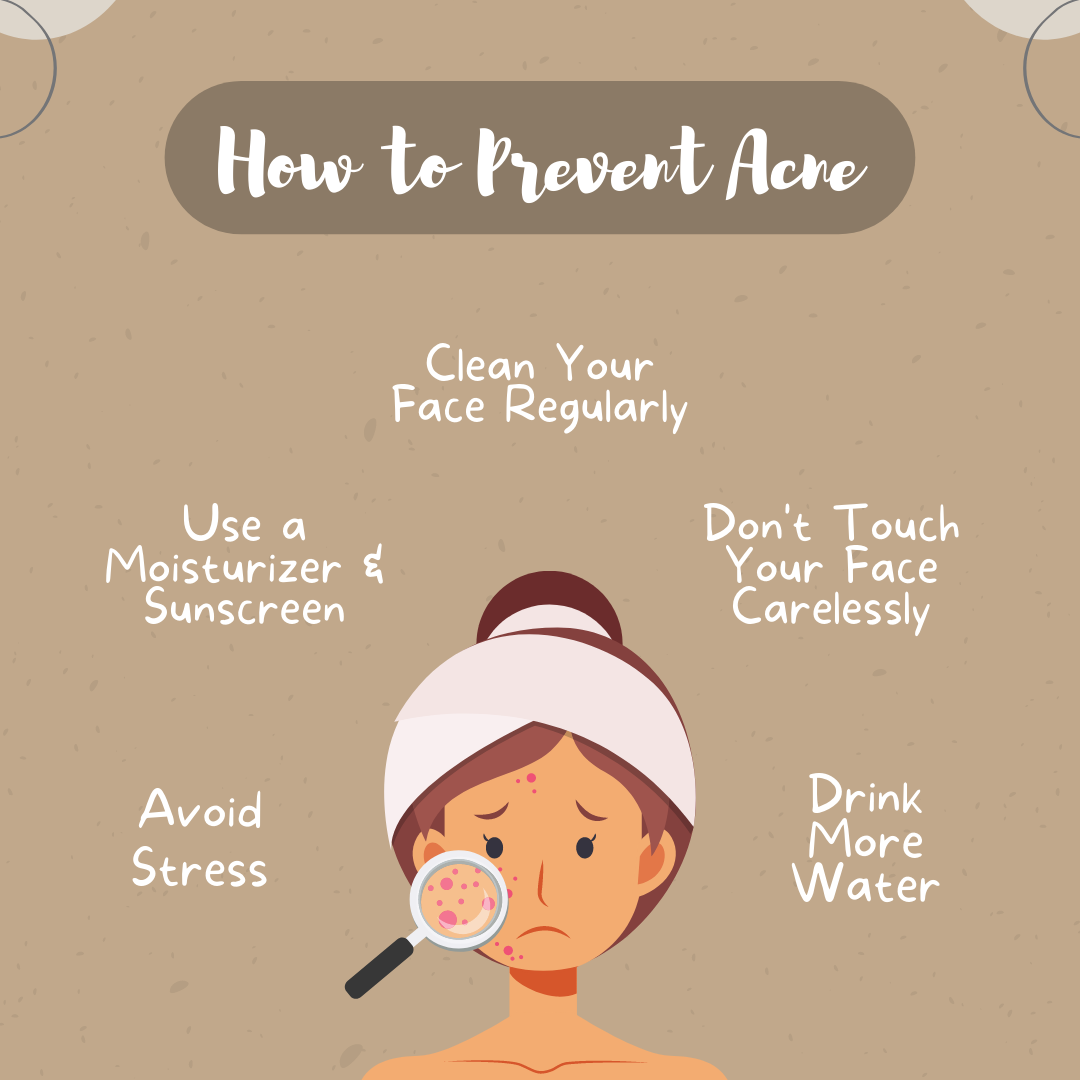- Empty cart.
- Continue Shopping
Dry Acne Prone Skincare Routine

Creating a skincare routine for dry, acne-prone skin requires a delicate balance between addressing dryness while also treating and preventing acne. Here’s a suggested skincare routine to help manage both concerns:

- Cleansing: Use a gentle, hydrating cleanser that doesn’t strip your skin of its natural oils. Look for cleansers labeled as “cream,” “hydrating,” or “gentle.” Avoid harsh cleansers that can worsen dryness and irritate acne-prone skin. Wash your face twice a day, morning and night.
- Exfoliation: Exfoliation is essential for removing dead skin cells and promoting cell turnover. However, for dry, acne-prone skin, use a mild chemical exfoliant instead of physical scrubs. Look for products containing alpha hydroxy acids (AHAs) like glycolic acid or lactic acid. These exfoliants can help unclog pores and improve skin texture without causing excessive dryness or irritation. Use the exfoliant 1-2 times a week initially and adjust frequency based on your skin’s response.
- Acne Treatment: Incorporate an acne-fighting ingredient like benzoyl peroxide or salicylic acid to target acne spots. Opt for a lower concentration (2.5% to 5%) of benzoyl peroxide to minimize dryness and irritation. Salicylic acid is also suitable for acne-prone skin as it can penetrate pores and reduce inflammation. Apply the acne treatment after cleansing, either in the morning or evening, or as directed by the product label.
- Hydration: Moisturize your skin with a hydrating, non-comedogenic moisturizer. Look for ingredients like hyaluronic acid, glycerin, or ceramides, which help retain moisture without clogging pores. Apply the moisturizer twice daily, after cleansing and applying acne treatments, to lock in hydration and improve your skin’s barrier function.
- Sunscreen: Always wear sunscreen with at least SPF 30 daily, even if you have dry skin. Choose a sunscreen formulated for the face, preferably non-comedogenic or labeled as “oil-free.” Look for a sunscreen that offers broad-spectrum protection to shield your skin from harmful UV rays and prevent acne scarring from darkening. Reapply every two hours when exposed to direct sunlight.
- Spot Treatment: For occasional breakouts, use a spot treatment with ingredients like tea tree oil or sulfur. These can help reduce the size and redness of pimples without drying out the surrounding skin. Apply the spot treatment only to affected areas and follow the product instructions.
- Hydrating Face Masks: Consider incorporating hydrating face masks into your routine once or twice a week to give your skin an extra boost of moisture. Look for masks containing ingredients like aloe vera, honey, or oatmeal, which can soothe and hydrate dry skin.
Remember, consistency is crucial, but don’t overdo it with too many products or treatments at once. Start with a simple routine, then gradually introduce new products, one at a time, to assess their effects on your skin. If you experience persistent or severe acne, it’s best to consult a dermatologist for personalized advice and treatment options.
